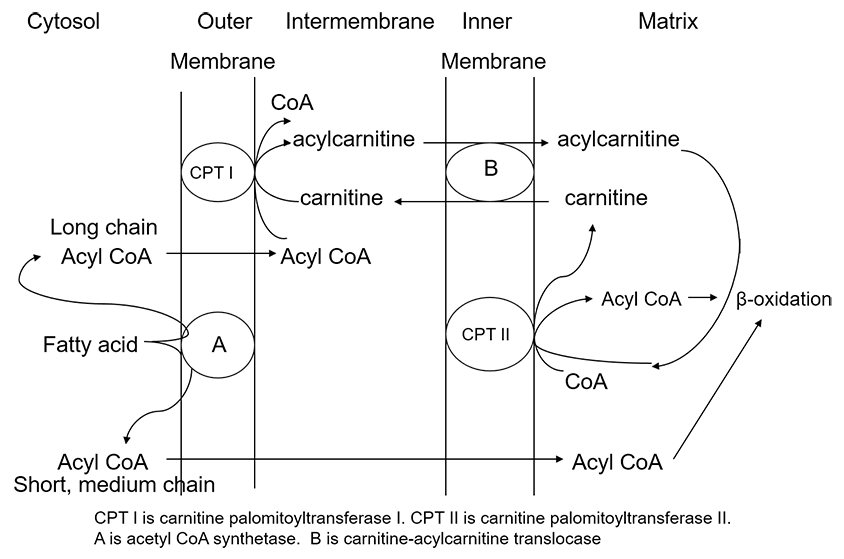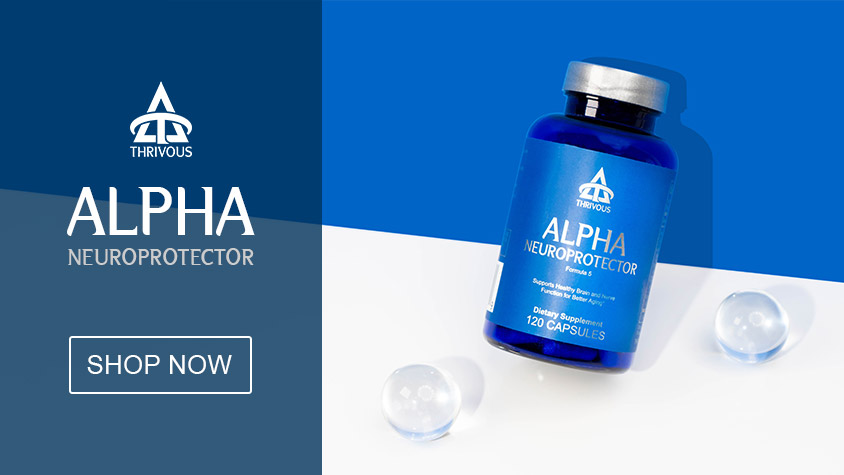Dr. Parker on ALCAR and Alpha Lipoic Acid

I mentioned in my last article that I was impressed with Alpha Neuroprotector because it targeted many different needs of a healthy brain. For this article, I will focus on just two of the ingredients, and go a little deeper into what they do, what we know about how they work, and why it is important to take them. I will tell you about some of the studies on these ingredients, and walk you through how they are used in the body.
Acetyl-L-Carnitine
Acetyl-L-carnitine in an esterified amino acid. Esterified means the acetyl group is connected by an oxygen molecule to the carnitine. Amino acid means it contains nitrogen in its structure. This is helpful to know for a number of reasons. Having the acetyl group attached brings additional potential benefits to the body without losing the core function of carnitine. Being an amino acid in this case means the body can make it, work with it, and modify it. Acetyl-L-carnitine is an important part of healthy metabolism.
When you take acetyl-L-carnitine, it is absorbed through your gut, then often broken down into L-carnitine and sometimes remade back into acetyl-L-carnitine. It follows the same general principle of all of digestion: our body breaks everything we eat down into components, then remakes the things the body needs in the amount that the body needs them. This is a normal pattern that is seen with just about everything we eat.
The enterocyte sends the L-carnitine and the acetyl-L-carnitine out into the blood stream where it is absorbed by cells based on their need for it. Most of the time, this is regulated by the cell, but it can in some cases be increased. Once inside the cell, both forms are used by the mitochondria.
The diagram below shows one of the principle functions of carnitine in the body. Carnitine is essential for a cell to get fatty acids into the mitochondria where they can be metabolized for energy. Here are a few definitions to help you understand the diagram:
- the cytosol is the inside of a cell
- the matrix is the inside of the mitochondria
- an acyl is a fatty acid
- mitochondria have two membranes, with certain molecules in between the two
- beta-oxidation is the process of turning fat into energy
- the four circles, whose names are in the footnote, are enzymes the body uses to connect and disconnect the various molecules

Now on to the brain, and why the acetyl part is even more important there, particularly as we get older or if you happen to be facing certain diseases. Carnitine is important throughout our lives, but as with all aspects of our body, we become less efficient as we age. Our bodies can make carnitine and acetyl-L-carnitine, but we are not as good at it as we age. Thus our dietary sources become more important. Taking L-carnitine is good for the basic energy needs of our cells, but acetyl-L-carnitine also provides additional antioxidant benefits. The extra acetyl group helps give our mitochondria an edge against damage.
The mitochondria is where energy is produced, and is therefore also where the most free radicals are formed. It is estimated that our metabolism makes a mistake about 10% of the time, so we need the most protection there against those guaranteed free radicals. The closer you stand to the fire, the more likely you are to get burned!
The acetyl groups may also provide more acetyl to acetylcholine, a neurotransmitter in the brain. Taken together, the brain works better, creates energy better, and fights damage better when you have a ready supply of acetyl-L-carnitine.
Alpha Lipoic Acid
Discussing the needed protection in the mitochondria brings us to the second molecule I want to discuss. Alpha lipoic acid is a molecule that has been studied for a long time in various ways. It is a co-factor (meaning important for the function) of several enzymes. In the body, it tends to remain bound to these enzymes after it is made. Once it was developed as a supplement on its own, it was found to have additional benefits. The most well-known of these are as an antioxidant or as an anti-inflammatory agent.
There are different studies that have looked at how it might work in the body. A number of effects have been found, including affecting how the body metabolizes sugar and fat, how signals work in cardiovascular system health, how the body’s detoxification systems work, and changing how much certain critical enzymes are expressed. All of these effects were positively improved by alpha lipoic acid.
I find these effects of the greatest interest to our topic because they all lead to protection of the cell from destructive influences. If we turn to the brain, this effect is of critical importance. One of the most telling ways to test this is called ischemia/reperfusion. It means the loss of blood flow followed by restored blood flow. It’s that tingling pins and needles feeling you get when your arm or leg falls asleep, and when it starts to wake up when blood flow is restored.
Alpha lipoic acid strongly protected the brains of rats in a study of this process. Researchers discovered that alpha lipoic acid activated important pathways that helped protect the body from the oxidative destruction that always happens when blood flow is lost, then restored. Though you can’t easily block blood flow to the brain like you can to your arm or leg, there are other reasons to keep the protection systems working well, like the mitochondrial errors I spoke about earlier. It also stimulated important brain cell growth, and promoted brain recovery after a stroke!
Conclusion
In summary, acetyl-L-carnitine and alpha lipoic acid have always been a part of every supplement I have chosen to take over the years. I think they are important for everyone who ages, which means none of us are immune. For those interested in its nootropic effects in particular, the research supports this in many different ways. You can’t go wrong making these two ingredients part of your supplementation pattern for life.
More Articles
Read more articles at Thrivous, the human enhancement company. You can browse recent articles in Thrivous Views. See other Geroprotectors or Nootropics articles. Or check out an article below.
-
ALS CRISPR Therapy for a Future Stephen Hawking
The death of Stephen Hawking last week highlights the importance of research on amyotrophic lateral sclerosis (ALS). Hawking, one of ...
-
Brain Preservation Breakthrough
The announcement from the Brain Preservation Foundation (BPF) that the Large Mammal Brain Preservation Prize has been won (see below) ...



